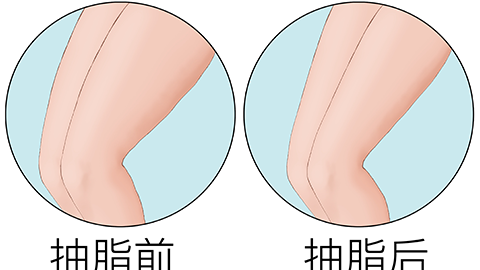Can liposuction be used to slim thick legs caused by genetics?
In general, genetic leg thickness can be improved with liposuction, but the results are limited. Detailed analysis is as follows:

Liposuction only reduces subcutaneous fat and is nearly ineffective for muscle hypertrophy or congenitally wide bone structure. Therefore, a preoperative consultation with a plastic surgeon is essential, along with ultrasound measurement of fat layer thickness, to determine whether thick legs are due to fat, muscle, or bone.
The procedure uses vacuum suction to remove localized stubborn fat and is suitable for individuals with stable body weight and good skin elasticity. Preoperative screening of coagulation function, cardiovascular and pulmonary health, and liver and kidney function is required. Contraindications include diabetes, varicose veins, pregnancy, and minors.
After surgery, wear medical compression garments for one to three months to reduce swelling and promote skin retraction. Common early side effects such as bruising, swelling, or mild surface irregularities typically resolve within six weeks. Avoid strenuous activities like running or jumping during the first month. Maintain a high-protein, low-refined-carbohydrate diet to prevent remaining fat cells from enlarging again.
If leg thickness is primarily due to excessive muscle volume, botulinum toxin injections may be considered to induce temporary atrophy of the calf muscles. However, the effect lasts only four to six months and requires repeated treatments. Individuals with a family history of abnormal fat metabolism must continue long-term control of total caloric intake post-surgery; otherwise, fat may reaccumulate in the buttocks, abdomen, or upper limbs.
If persistent pain, numbness, or明显 asymmetry between limbs occurs during recovery, prompt follow-up evaluation is necessary. Follow medical advice regarding lymphatic drainage massage and low-intensity walking, and ensure adequate daily water intake to support metabolic recovery and minimize complications.




